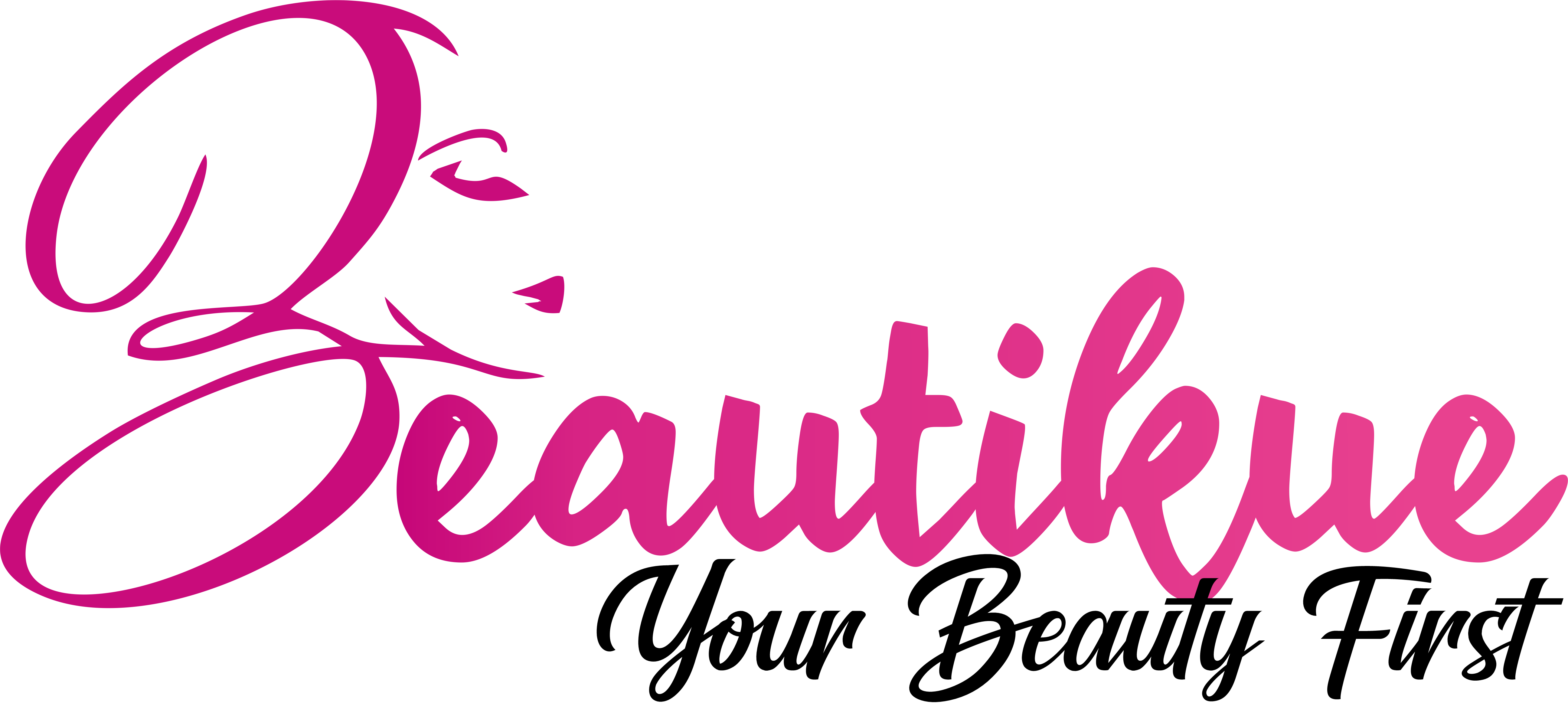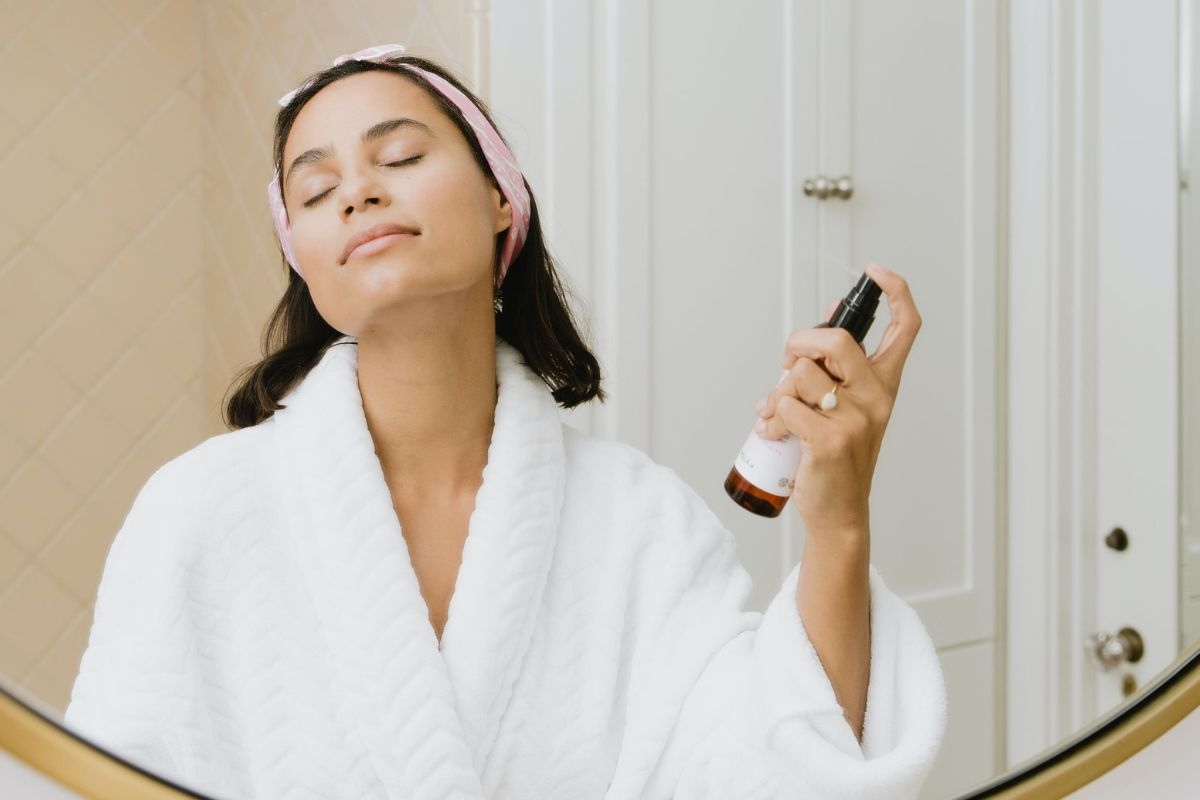Step-by-Step Skincare Regime for Your Morning Routine – There is no single “proper” skincare regimen sequence, but there is an ideal manner of applying your products. Whether you’re a minimalist who enjoys a three-step regimen or someone who is ready to go through the famous 10-step Korean skincare routine, the way you layer your skin care products significantly influences how well they perform.
There’s a rationale for why cleansing comes first, serum follows next, and sunscreen comes last. Understanding this arrangement helps guarantee that your favorite skincare products function correctly. Also, no one wants to splurge money on a fancy skincare product only to have it rendered worthless due to improper application. Hence, we listed the perfect morning skincare application guide for you to follow through.
1. Cleanser
Face cleansing is the initial step in any skincare regimen because it removes pollutants and excess sebum that may clog pores and cause dull skin. But you need to proceed with caution. Many people cleanse too frequently or with too harsh a cleanser, damaging your skin’s protective barrier.
The ideal cleansers should be pH-balanced, sulfate, and soap-free which will clean your face gently without stripping the natural oils. If dry or sensitive skin is your main concern, try cleansing your skin just at night and splashing it with water in the morning.
Also, you can use tools that help you to exfoliate your skin without damaging it, like an Ultrasonic Cleanser, the ultra-hygienic silicone bristles paired with deeply enjoyable ultrasonic vibrations gives the skin a gentle but deep exfoliation, which expertly removes 99.5% of dirt and oil from the skin while providing a pro prep for enhanced absorption of your favorite skincare.
2. Toner
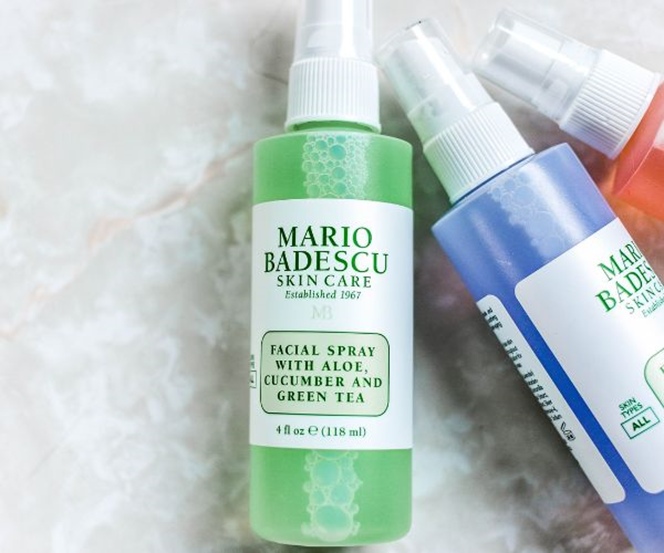
To tone or not to tone? It is a matter of preference, really. Toners are water-based skin care liquids applied to damp skin after washing it. You can apply the toner with your fingers or a cotton ball before applying additional leave-on skincare treatments such as serums and moisturizers.
While you don’t necessarily need a toner, swiping one on may be a great way to rejuvenate skin, remove any remaining particles, and balance your skin’s pH. Today’s toners are far more sophisticated than the drying alcohol and astringent-based products in the past, as they filled with skin-boosting properties that will leave your skin glowing.
Those with oily or acne-prone skin should seek toners containing glycolic or salicylic acid. Meanwhile, those with normal and dry skin should look for hydrating toners (essence), which include ingredients such as hyaluronic acid or glycerine.
3. Serum
A serum suited to your skin concerns may treat and protect, giving targeted concentrations of potent ingredients that can address various appearance issues. For example, aging to dark circles – and if you have numerous concerns, you can use multiple serum formulations. However, you should go through the labels carefully because specific serums are better used in the morning while others are best utilized at night.
Choose serums that include antioxidants to protect the skin from daily stresses such as free radicals (produced by UV rays), pollution, and blue light. The most common ingredient for this is vitamin C, which is readily available in serum form. Just ensure that it’s adequately stabilized for the best effect.
Applying a serum is the most crucial step in your morning skincare routine as our face is bombarded with agents that want to damage it throughout the day. For example, exhaust fumes from vehicles, a filthy phone screen, stress levels during a conference call, and so on. Serums ensure that none of those stresses ends up as fine wrinkles under your eyes and your skin remains firm and glowing for a more extended period.
4. Eye Cream
Eye creams are designed mainly for the sensitive eye region, which ages quicker than the rest of your face and falls into the “treat” category. Considering that the skin around your eyes is fragile and requires special care, regular usage of eye cream is essential.
Plumping and moisturizing your eyes early in the morning can make you appear more alert and aid in applying makeup. Therefore, choose a thinner product over something heavy and emollient; it will absorb faster and stay longer throughout the day.
Apply your eye cream in tiny circles towards the inner corner of your eyes and smooth them outward. Then, gently pat the orbital bones surrounding your eye, including the region directly behind your brow, into your skin with your ring finger.
5. Moisturizer
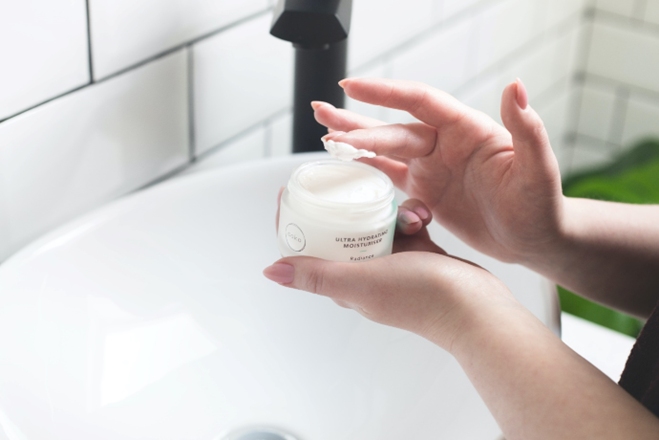
Next comes moisturizer, which keeps your skin supple and moisturized while helping to improve its barrier. For oily or acne-prone skin, use a lighter moisturizer throughout the day. For example, a lotion or gel that absorbs quickly and does not pile beneath your makeup. If your skin is dry or dehydrated, use a heavier solution like a cream.
In any case, dermatologists would prescribe moisturizer for all skin types all year long since hydration vital for keeping skin young and healthy. In addition, you should look for compounds like ceramides or hyaluronic acid, as they are the building blocks of skin moisture retention.
Also, there is no such thing as overly hydrated skin, and your sunscreen should not serve as a substitute for moisturizer. These two products have very distinct functions and should not use interchangeably, regardless of how moisturizing your sunscreen claims to be.
6. Sunscreen
The sun is the leading cause of premature skin aging and hyperpigmentation. It is also important to note that the harm isn’t only aesthetic but is also related to health, as there is a possibility of acquiring skin cancer without sunscreen protection. Hence, sunscreen is the most critical element in every skincare regimen, regardless of skin type or age. You might as well not perform any of the other skincare steps if you don’t apply sunscreen.
Thirty minutes before you go outside, apply a nickel-sized dollop of broad-spectrum SPF 30 Cetaphil sunscreen or higher face sunscreen as the final step in your morning skincare regimen, including your neck and the backs of your hands.
When choosing a sunscreen, you need to know that sunscreen formulations are classified into two types: chemical and physical. Chemical sunscreens contain chemicals such as avobenzone and homosalate, which absorb UV radiation that comes into contact with the skin. Meanwhile, physical sunscreens (also known as mineral sunscreens) contain mineral components such as zinc oxide and titanium dioxide that deflect UV rays away from the skin.
Some sunscreen formulations have both chemical and physical components. For example, dermatologists often prescribe mineral and pure zinc-oxide sunscreens for people with sensitive skin. People of color may prefer chemical sunscreens to avoid the white cast of some physical formulae. However, brands have begun to offer mineral formulations that are not chalky.
Last but not least, the final step in your morning skincare routine is to apply lip balm. Keeping your face moisturized is not enough as your lips require hydration and protection as well. Nivea lip balm, with its wide range of formulations, colors, and flavors, offers you multiple options while keeping your lips hydrated and glossy.
Following the completion of your morning skincare routine, it is guaranteed to make your skin feel refreshed and dewy at the break of the day. This regime will ensure that you’re ready to go out and conquer the world while looking good with amazing skin!
